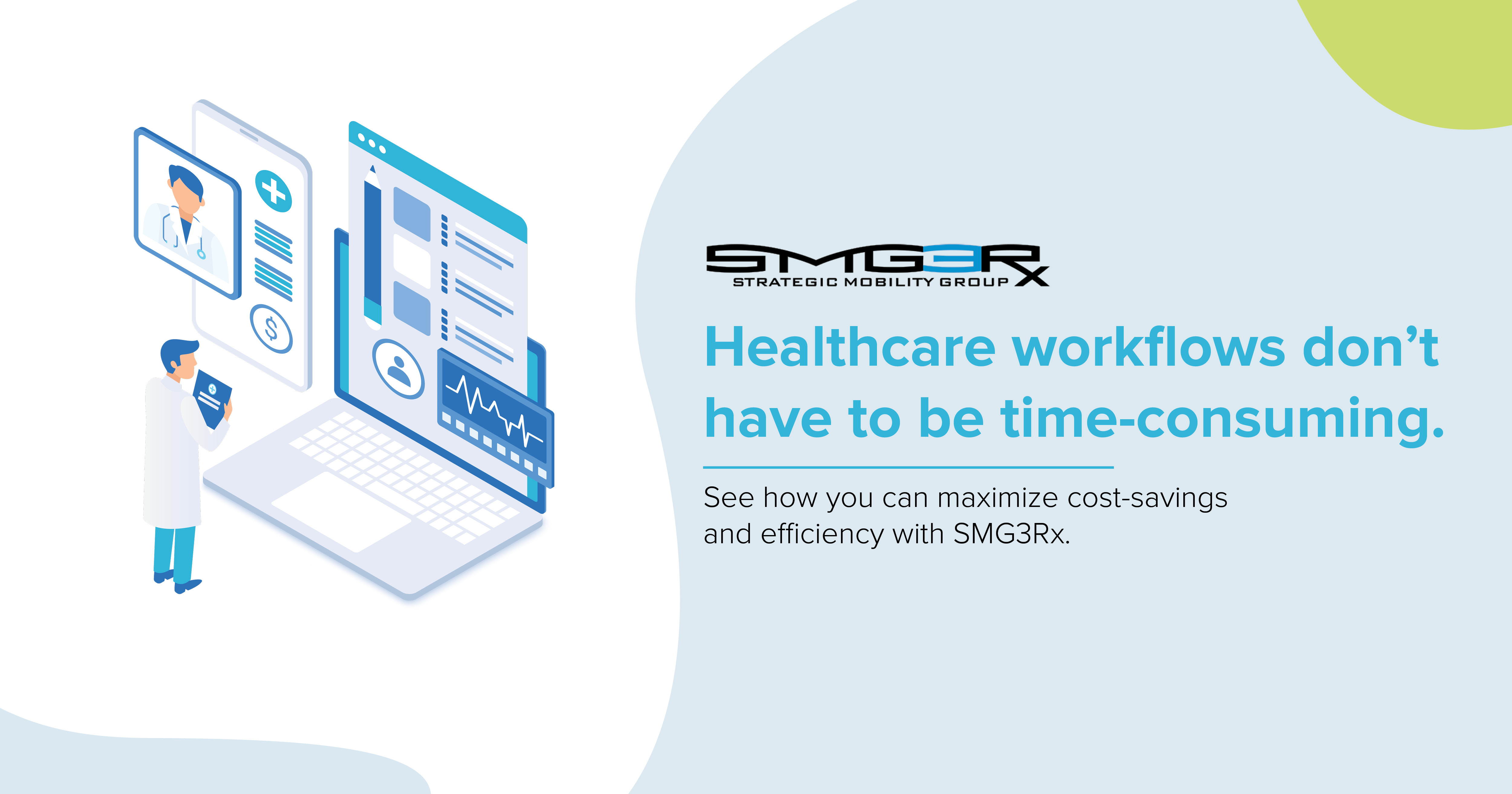Clinical smartphones integrate multiple technologies that are relevant to patient care and provide a new way to deliver improved quality of care more efficiently, safely and cost-effectively. Because device integration standardizes and streamlines workflows, it allows for real-time communication, collaboration and data access to maximize outcomes, while reducing the burden on nurses and empowering them to:
- Readily mobilize necessary medical teams in emergency care settings.
- Access and share patient medical records and contact colleagues from a location other than the nurses' station.
- Quickly onboard new staff without extensive training.
Device integration into a clinical communication infrastructure increases quality of care as a result of minimized human error and improved workflow efficiencies. Below are three reasons these healthcare-grade smartphones have overtaken medical facilities.
1. They eliminate errors from emergency settingsIT and data drive decisions and clinical outcomes at high-quality healthcare facilities. However, the rate of data errors originating from medical errors related to patient electronic health records, medication administration and diagnoses is alarming.
A Journal of the American Medical Association (JAMA) study revealed that one-fifth of patients who accessed their ambulatory care notes found errors, which were related to diagnoses, medications, medical history, physical exams, test results and patient information.
In the United States, medication errors are a leading cause of injury and result in at least 251,000 deaths annually. Globally, the annual cost associated with medication errors is an estimated $42 billion. The use of enterprise-wide clinical mobility smartphones signifies that a healthcare facility has a technology-equipped clinical communication infrastructure in place to ensure the delivery of a high standard of patient care.
2. They facilitate telehealth
Leveraging technology to connect patients, providers and data, telehealth is a rapidly growing industry segment that encompasses the remote administration of clinical and non-clinical healthcare services. Today, most healthcare and hospital systems use some form of telehealth, which is driving the growth of the telemedicine industry – expected to top $130 billion by 2025. Telehealth is facilitated by healthcare-grade smartphones, which provide a digital platform with video-conferencing capabilities for patients to connect with providers.
Convenience and time-savings are the most compelling reasons for preferring telehealth over in-person visits. Preference for telehealth services was found to be higher among patients with mobility issues, individuals without insurance and those who sought to avoid wait times to see a provider. By equipping healthcare providers with versatile enterprise smartphones, and lasting internet connectivity, caregivers can administer better patient care remotely, keeping patients safe and comfortable.
3. They are relatively simple to implement
With Android powering more than 80 percent of consumer mobile phones worldwide, most people are already familiar with the platform, making their integration and adoption favorable. Not only is Android the best OS for enterprise use, but Android-powered smartphones also run on an open ecosystem, making it easy to add new applications and software without extensive rewriting, hastening deployment and upgrades.
How SMG3Rx does it:
An industry leader in clinical smartphone integration, SMG3Rx provides device selection, workflow design, support architecture, end-user experience, lifecycle management services and tailor-made telehealth solutions.
In a strategic partnership with Halo Health and Zebra Technologies, SMG3Rx helped medical care provider Asante and its 6,000 employees deliver award-winning care to 600,000 patients with the development of a mobile clinical communication ecosystem that streamlined workflows, standardized communication, and fostered connectivity with the local clinical community.
Download case study today to get a closer look.
In the digital age, mobility and quality care go hand in hand. Contact SMG3Rx to see how you can modernize your workflows with clinical mobility designed for elevated care.



